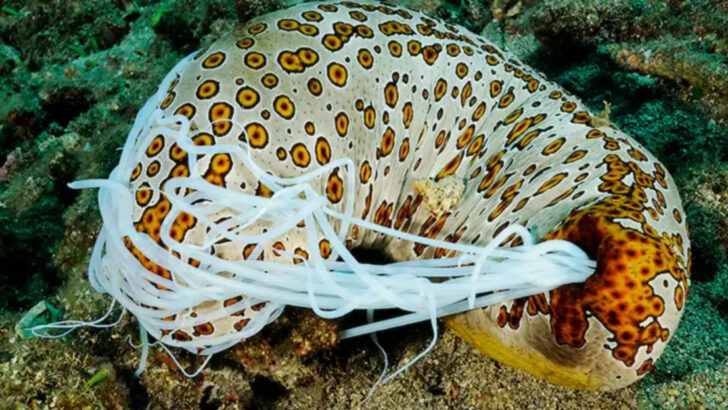Sea cucumbers, fascinating marine invertebrates, are known for their extraordinary defense mechanisms.
Among the most bizarre is their ability to expel their internal organs when threatened.
This peculiar survival tactic, known as evisceration, serves as a deterrent to predators and allows the sea cucumber to escape while regenerating its lost parts.
This blog post delves into various aspects of this unique adaptation, shedding light on the intricate biology and ecological significance of this fascinating defense strategy.
The Anatomy of Evisceration
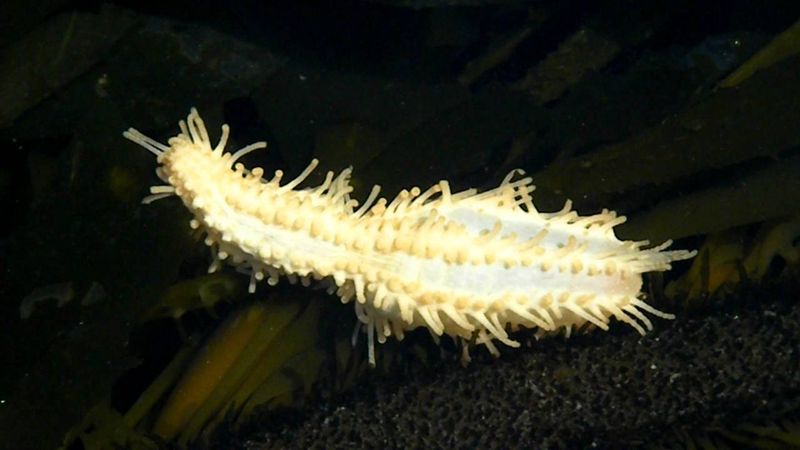
Imagine a creature that can shed its insides to survive. That’s precisely what sea cucumbers do. When threatened, they eject inner organs, leaving predators puzzled. This act, though drastic, is highly effective.
These organs are sticky and can entangle or distract predators, allowing the sea cucumber to make an escape. Remarkably, within weeks, these organs regenerate, showcasing resilience. The ability to regrow vital parts illustrates nature’s ingenuity.
This regenerative power is not just survival but a testament to evolution’s marvels. It intrigues scientists and inspires biomimetic innovations.
Regeneration: Nature’s Miracle
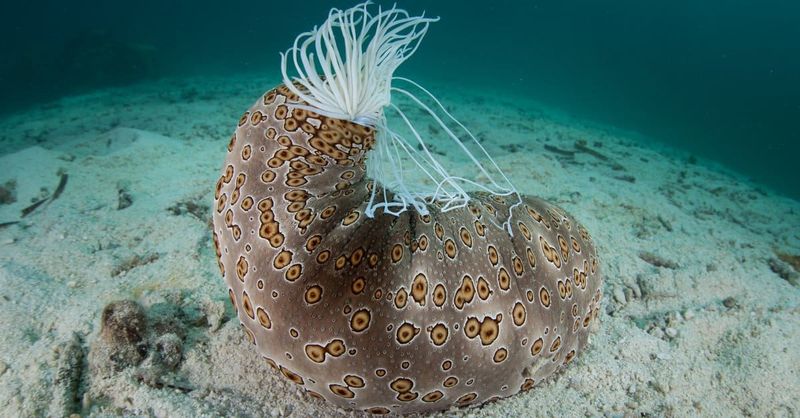
In a world where survival is key, regeneration becomes a superpower. Sea cucumbers exhibit this by regrowing lost organs after evisceration.
The process is akin to a phoenix rising, where tissues rapidly reform, restoring the creature’s functionality. This regeneration is not an overnight miracle but a meticulous biological process.
Each stage of regrowth is a dance of cells orchestrated by intricate genetic cues. Scientists study this to unlock secrets of healing and restoration. The regenerative prowess of sea cucumbers is nature’s testament to resilience and renewal.
Chemical Warfare: Toxins and Deterrents
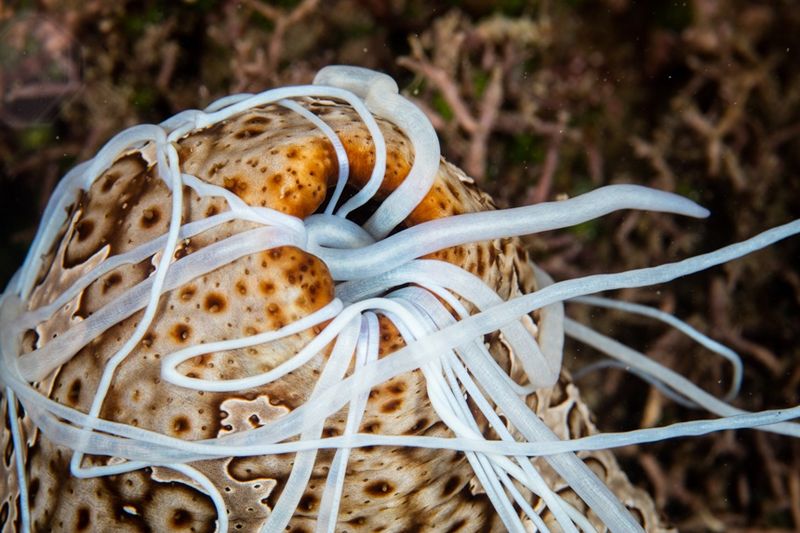
Sea cucumbers do more than just eject organs; they engage in chemical warfare. Certain species release toxins into the water, deterring predators from making a meal out of them.
These toxins, known as saponins, have evolved as a survival tactic, akin to a squid’s ink cloud. The chemical composition of these toxins is unique and complex.
Scientists explore these compounds for potential pharmaceutical applications. In the dance of predator and prey, such chemical defenses highlight the intricate ecological relationships and evolutionary arms races in marine environments.
A Legacy in Folklore and Culture
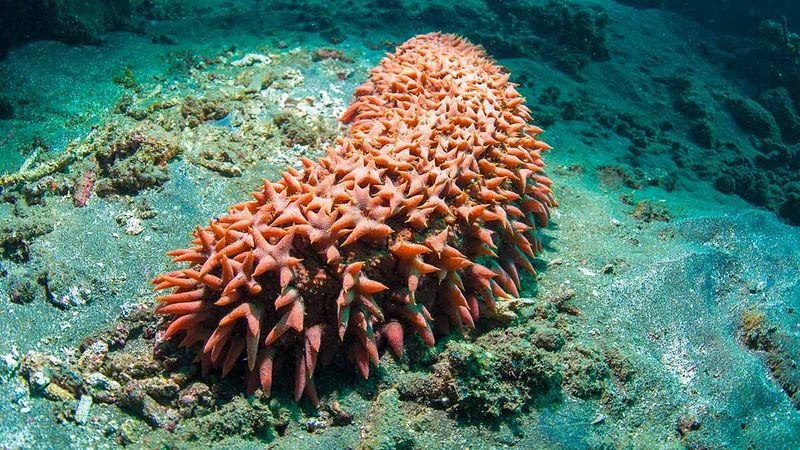
Sea cucumbers hold a place not just in marine ecosystems but also in human culture and folklore. In various Asian cultures, they are symbols of resilience and adaptability.
Stories portray them as mystical creatures with healing powers. Sea cucumbers also feature in culinary traditions, known for their supposed health benefits.
This cultural significance adds a layer of intrigue, blending biology with mythology. The reverence for sea cucumbers in folklore reflects their unique place in human history, bridging the gap between natural wonder and cultural heritage.
Ecological Importance: More Than Meets the Eye
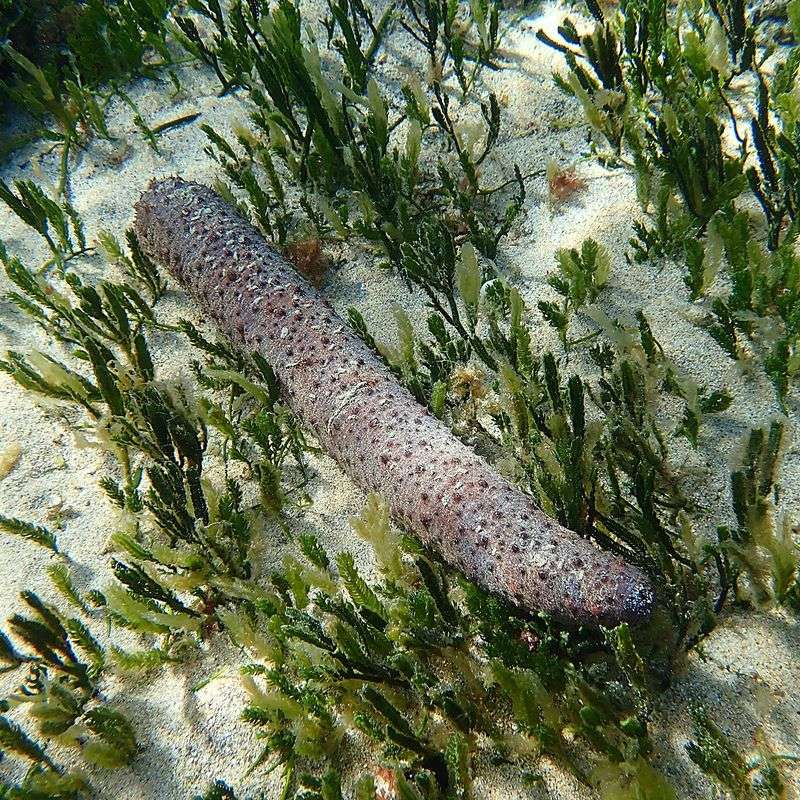
Sea cucumbers play a crucial role in marine ecosystems, far beyond their bizarre defense tactics. By processing organic material, they act as natural cleaners of the ocean floor.
This activity promotes nutrient recycling, supporting the health of coral reefs and other marine habitats. In doing so, they contribute to biodiversity and ecological balance.
Their presence indicates a thriving ecosystem, often serving as bioindicators for environmental health. The ecological significance of sea cucumbers underscores their value to marine conservation efforts, making them heroes of the underwater world.
The Science of Evisceration
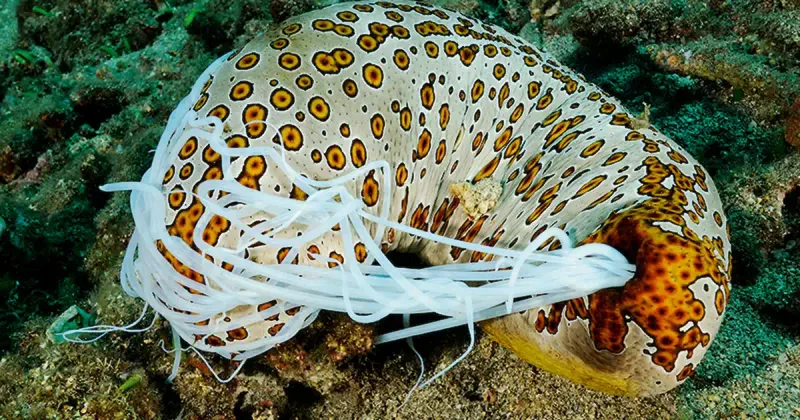
Evisceration in sea cucumbers is a field of scientific intrigue. Researchers investigate the physiological triggers that initiate this drastic defense.
The process is a complex interplay of muscular contractions and cellular responses, allowing organs to detach and regenerate. Understanding evisceration offers insights into stress responses and regenerative medicine.
The intricate biology behind this defense mechanism captivates biologists and ecologists alike. By studying evisceration, scientists hope to apply these biological principles to innovative medical therapies, demonstrating the potential crossover between marine biology and human health.
Future Prospects: From Sea to Science
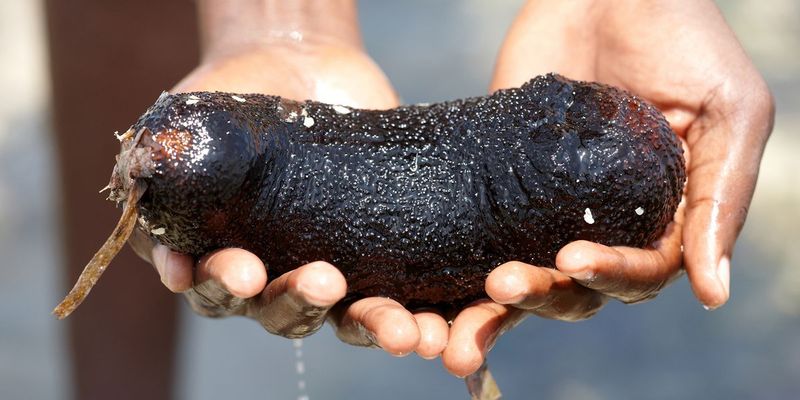
The future of sea cucumber research is promising. As scientists delve deeper into their biology, opportunities for medical advancements arise.
Their regenerative capabilities inspire potential treatments for human ailments. By studying their toxins, researchers hope to develop new pharmaceuticals.
The intersection of marine biology and technology paves the way for groundbreaking innovations. Sea cucumbers, with their remarkable traits, hold keys to future scientific breakthroughs. The continued exploration of these creatures underscores the limitless possibilities that nature offers, blending curiosity with cutting-edge science.

